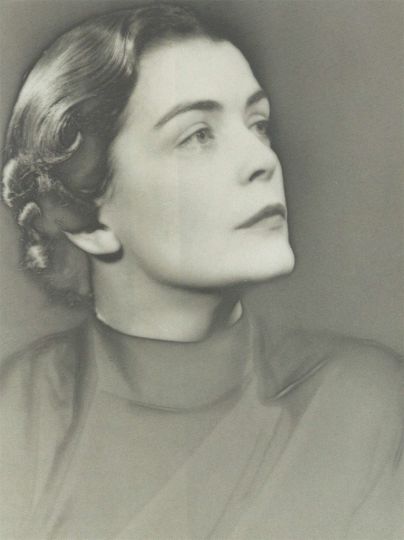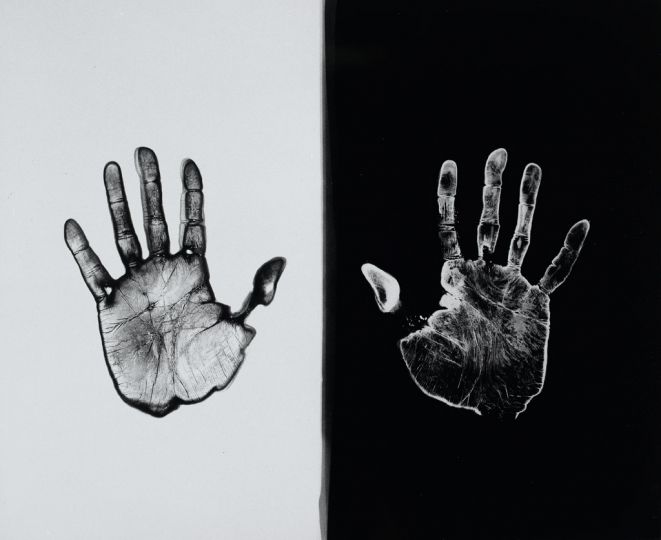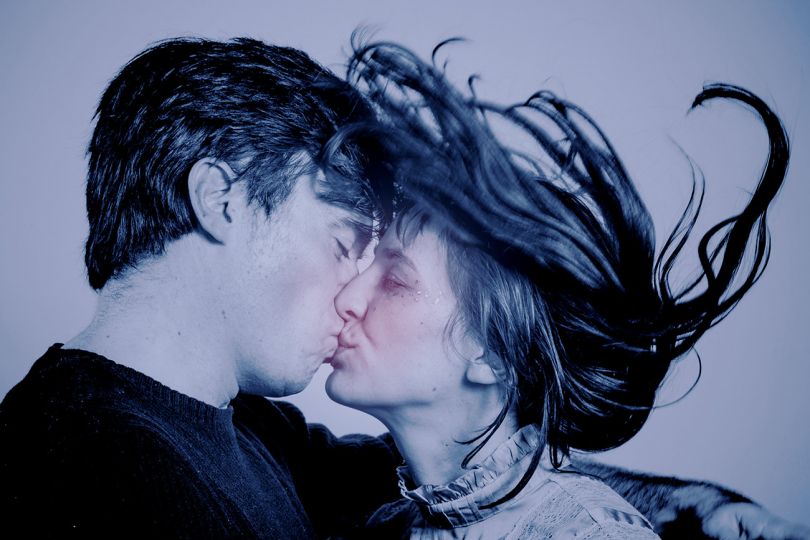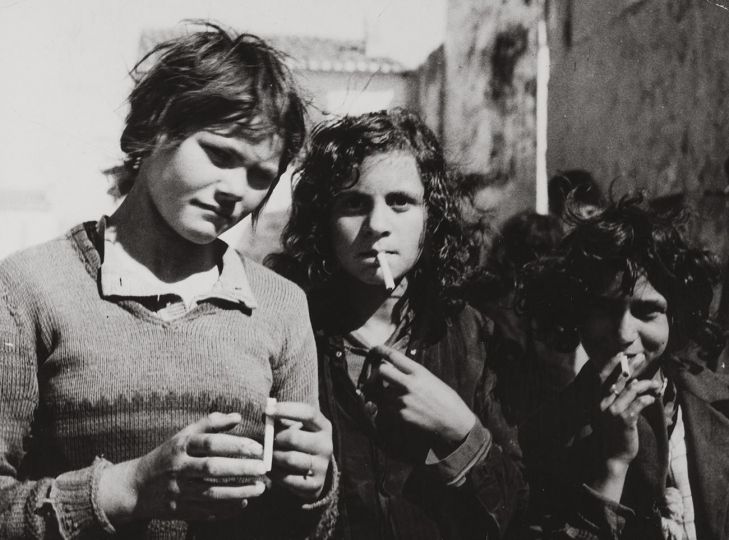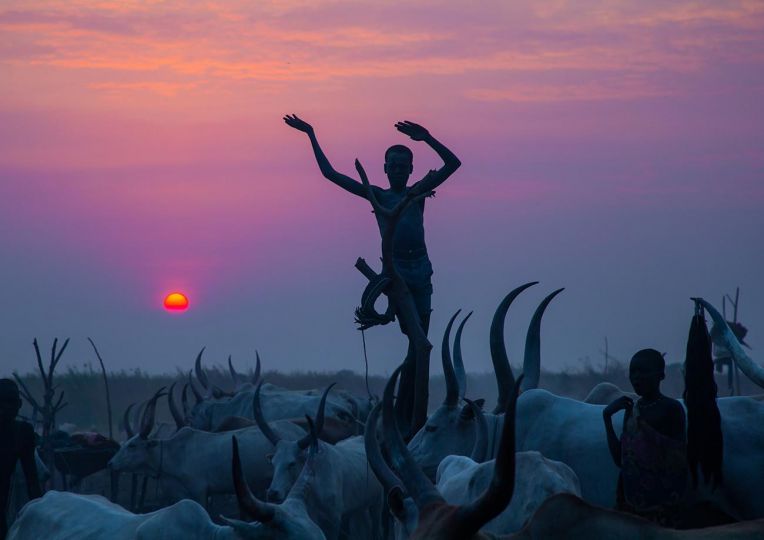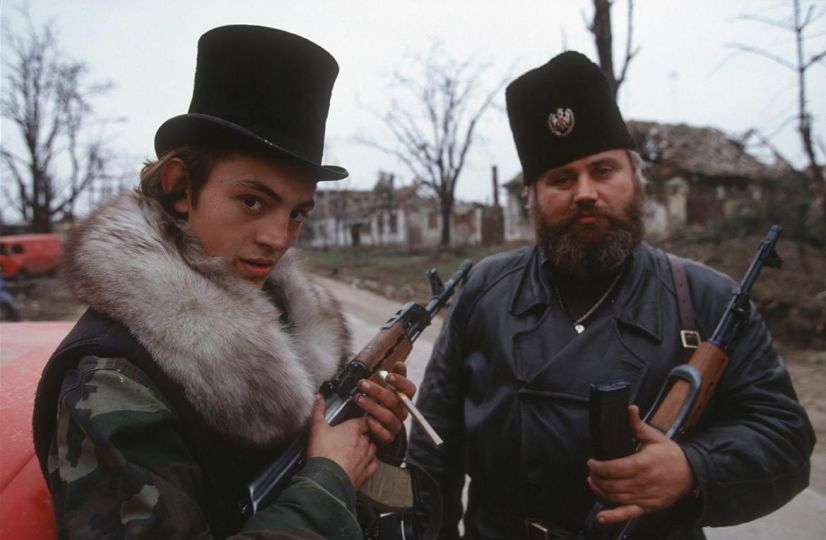Artists, men of letters, actors, and dancers met in his portrait studio in Paris. Photographer, painter, and object artist Man Ray (1890–1976) knew them all, the brilliant figures of the scene. During his active time as a portrait photographer thousands of people had themselves photographed by Man Ray. The artist’s enormous archives with over 12,000 negatives are housed in the Centre Pompidou in Paris, which now, in a large-scale digitalization campaign, has brought this unique photographic treasure to light. Schirmer/Mosel now presents a large illustrated book featuring Man Ray’s 500 most attractive portrait shots.
Normally locked away from public view, this highly sensitive material is accessible for the first time. The publication of the archives, preceded by the lengthy procedure of identifying the negatives (Man Ray did not keep records of the customers who sat for him) brings an entire epoch to life in a unique manner. Like an encyclopedia, the book is systematically arranged in alphabetical order, and provides some valuable biographical detail about each of the subjects, explaining their relationship to the photographer. Together with the high aesthetic quality, this makes the book an indispensible tool for journalists, image editors, proofreaders and everyone with professional or private interests in the visual culture of the 20th century. In a way, Man Ray’s photographs are the French counterpart to August Sander’s socio-typological work portraying the Germans of the 1920s and 1930s.
Man Ray, born 1890 in Pennsylvania, USA, as Emmanuel Rudnitzky, and stemming from a Russian-Jewish family was one of the most important artists of Dadaism and Surrealism. A major inspiration for modern photography and experimental film, he worked early on with reflections, double exposures, photograms, solarisations, and photo-collage. In the 1920s he immigrated to what was then the center of art, Paris, and opened his legendary studio at 31 Rue Campagne-Première. Interrupted only by an intermezzo in Hollywood during World War II, the Francophile artist remained true to the French capital until his death in 1976. Man Ray, who had a close artist friendship with Marcel Duchamp, was able to make a living with his portrait photography. He produced portraits of his friends among the Dadaists and Surrealists, the artists of Montparnasse, the Americans of the Lost Generation, the international avant-garde, as well as the Parisian celebrities from the world of fashion, theater and cinema (and during his stay in the United States occasioned by the War, also those from Hollywood). Often the persons remained in general memory exactly as Man Ray depicted them. His portraits have colored people’s memory of the persons portrayed.
The book Man Ray – Portraits unites these photographic “icons” – from André Breton and Jean Cocteau, Coco Chanel and Dora Maar to Pablo Picasso and Thomas Mann. Man Ray’s portraits not only represent a visual celebrities’ register, they also reflect half a century of French cultural life in an extraordinary panorama.
Man Ray Portraits – Paris, Hollywood, Paris 1921–1976
From the Man Ray Archives of Centre Pompidou Paris
ed. by Clément Chéroux, Schirmer/Mosel. € 58.


